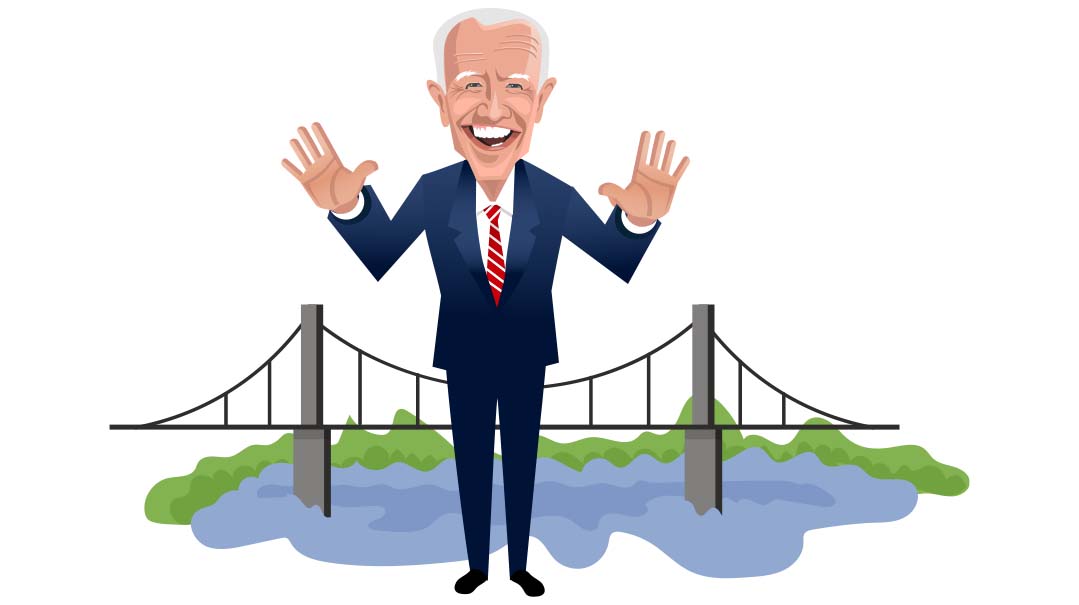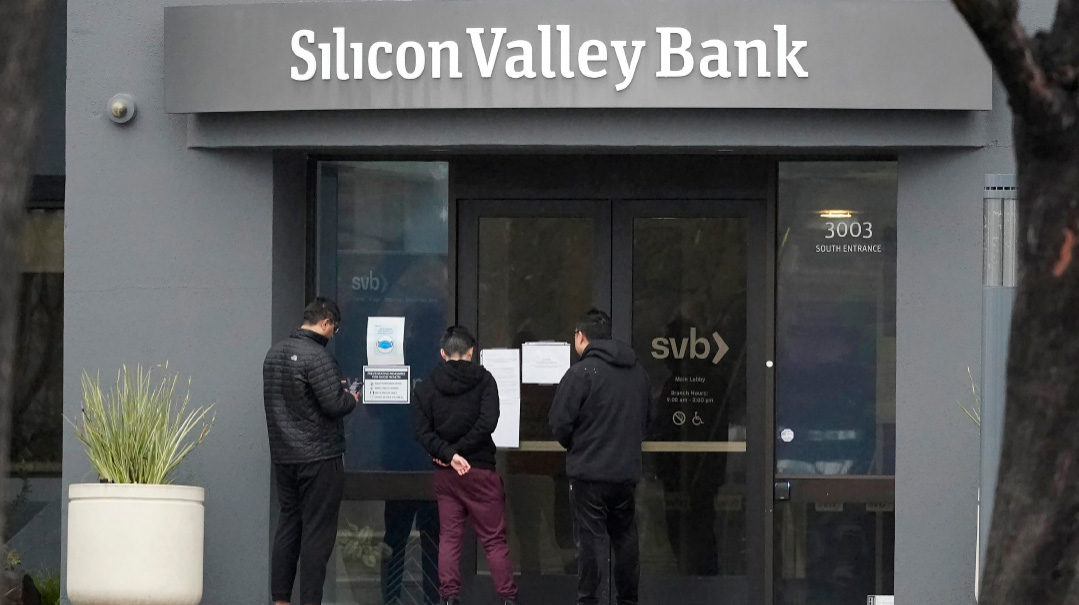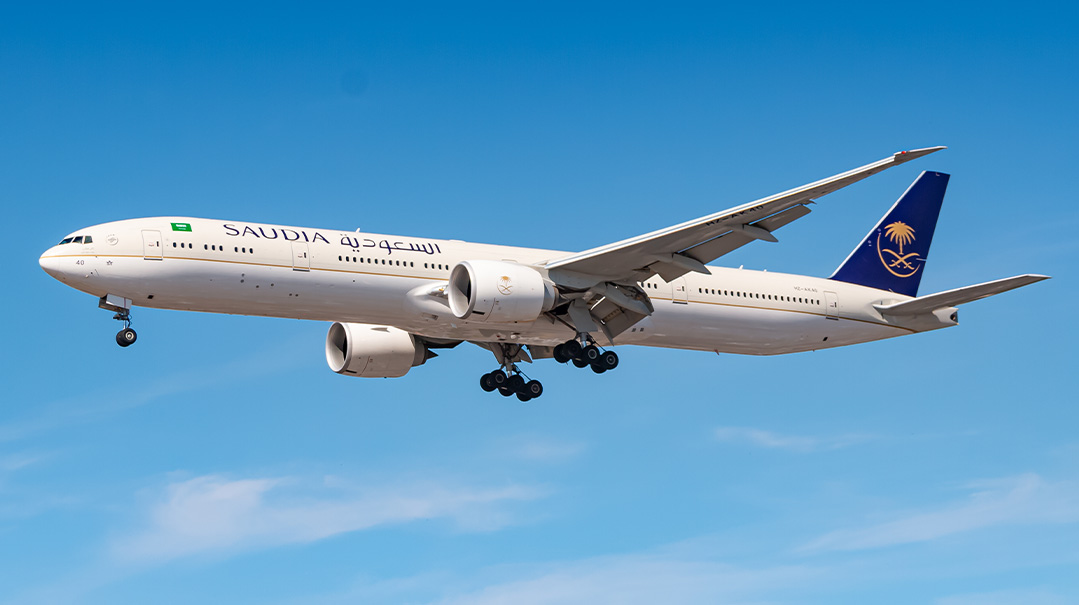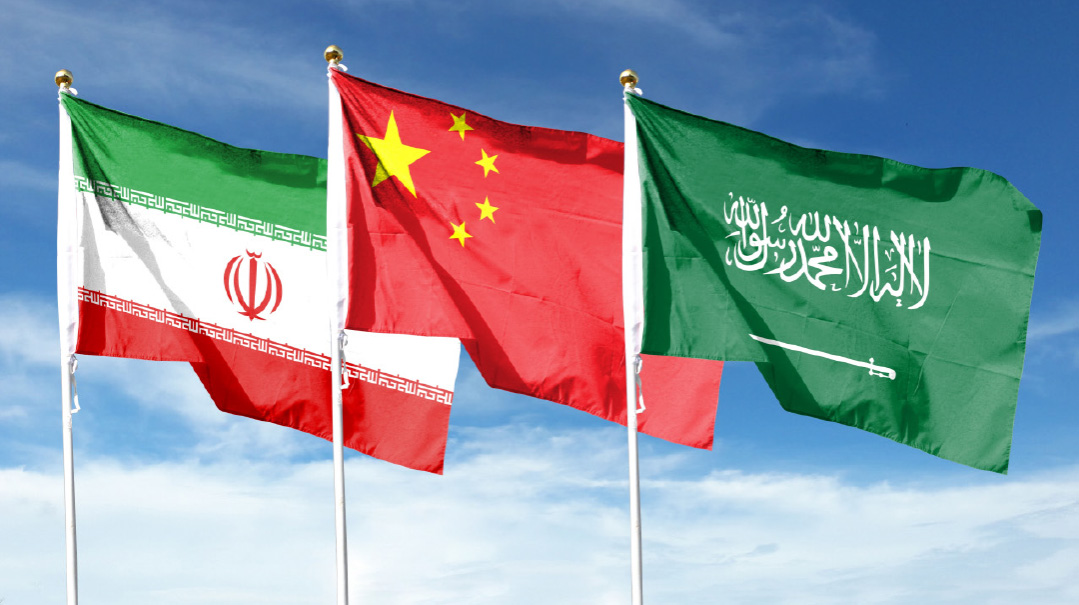Biden Barnstorms in Baltimore

Biden tries to sell bridges, but are voters impressed?

President Joe Biden traveled to Baltimore last week to take a victory lap on the passage of his infrastructure bill, meeting with Maryland officials and union workers. The president was trying to generate momentum from his first big legislative win to turn around slumping poll numbers.
This was no political rally, but rather an invitation-only event — the audience was mainly comprised of elected officials, local executives, and union workers.
I took my car for a short ride from D.C. and followed Waze’s directions to the Port of Baltimore’s Dundalk Marine Terminal. If Biden was hoping to showcase the challenges his infrastructure bill was drafted to address, he picked a perfect example. Baltimore’s harbor, where the Patapsco River empties into Chesapeake Bay, was first explored by Captain John Smith in 1608; American colonists founded the port in 1706, and it quickly became the prime gateway for trade with England. The facilities have gone through many expansions and upgrades in the last three centuries, but now face a crying need for modernization.
As a historic global supply chain crisis unfolds, the need for efficient, modern ports couldn’t be more obvious. As Americans wait for new cars, computers, iPhones, and clothes to arrive from overseas, every day of delay, every hour of uncertainty is costly to the nation’s economy.
“The infrastructure bill will be key to our continued growth and projects,” said Bayard Hogans, vice president for Ports America in Baltimore, at the president’s speech. Hogans’s organization is part of a public-private partnership that invests in large infrastructure projects such as these. “The infrastructure bill will keep the port of Baltimore flowing smoothly whenever we get these surges in the supply chain.”
Although many people on Capitol Hill justified the massive spending program on the premise that infrastructure in America is crumbling, Hogans wouldn’t quite go that far.
“I don’t know if I’d say crumbling,” he qualified. “I would say it needs investment. Across the supply chain, we need to continue investment. You can’t stop investing in infrastructure, ports, roads, rail — every piece of the supply chain. It has to be a focus every single year, to continue putting dollars into that.”
Baltimore mayor Brandon Scott was among the invitees and expressed his enthusiasm for the legislation.
“When you think about the infrastructure bill, America’s railroad started here in Baltimore,” the mayor told me. “Our port is older than the country.”
Mayor Scott said the bill earmarks funds for some important improvements in his city, among them revamping the 126-year-old Howard Street Tunnel to allow room for trains with double-stacked containers traveling to and from the port.
Oops! We could not locate your form.






